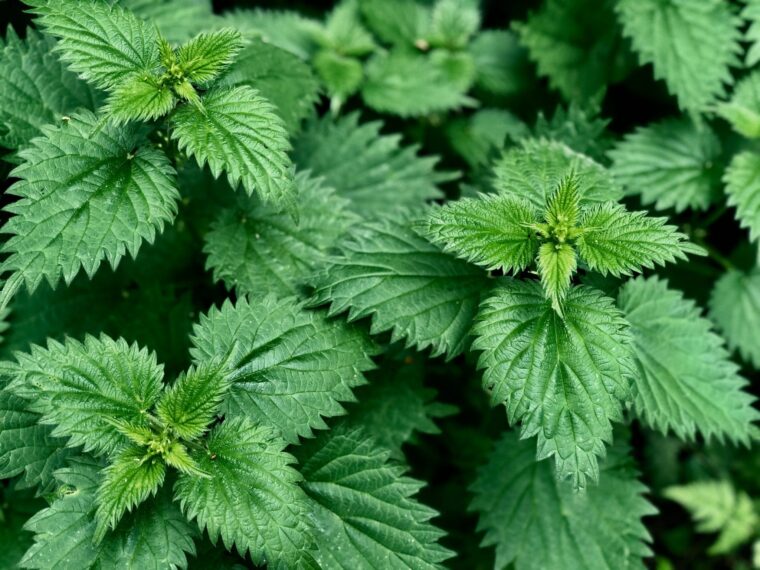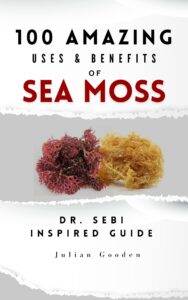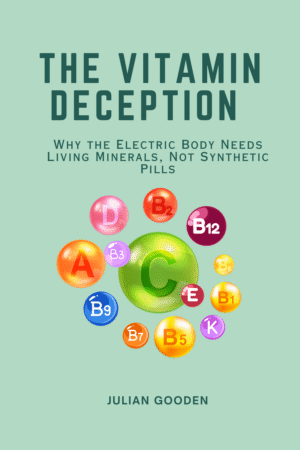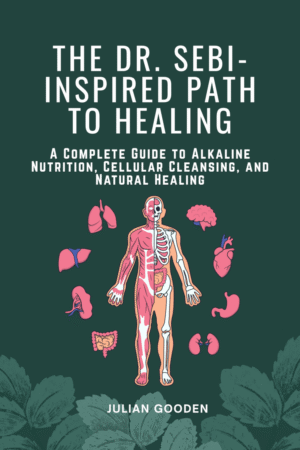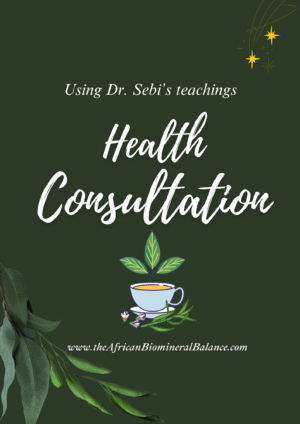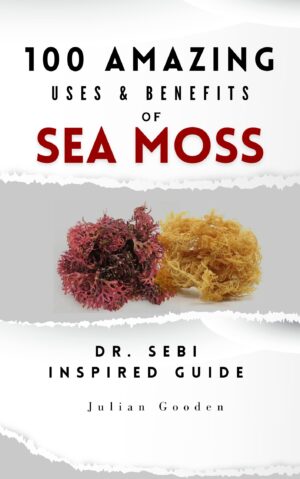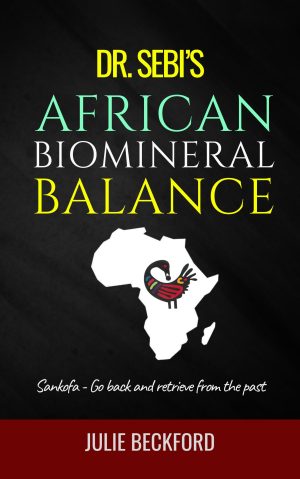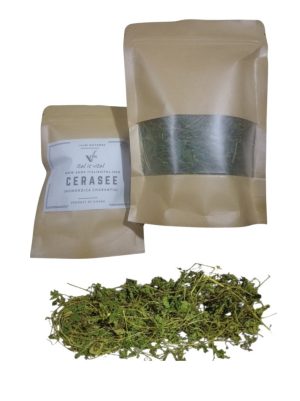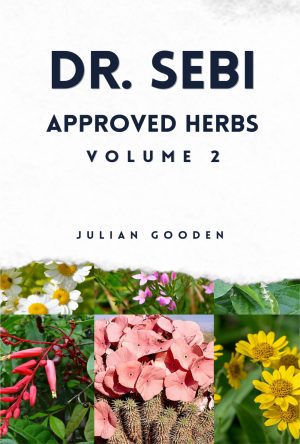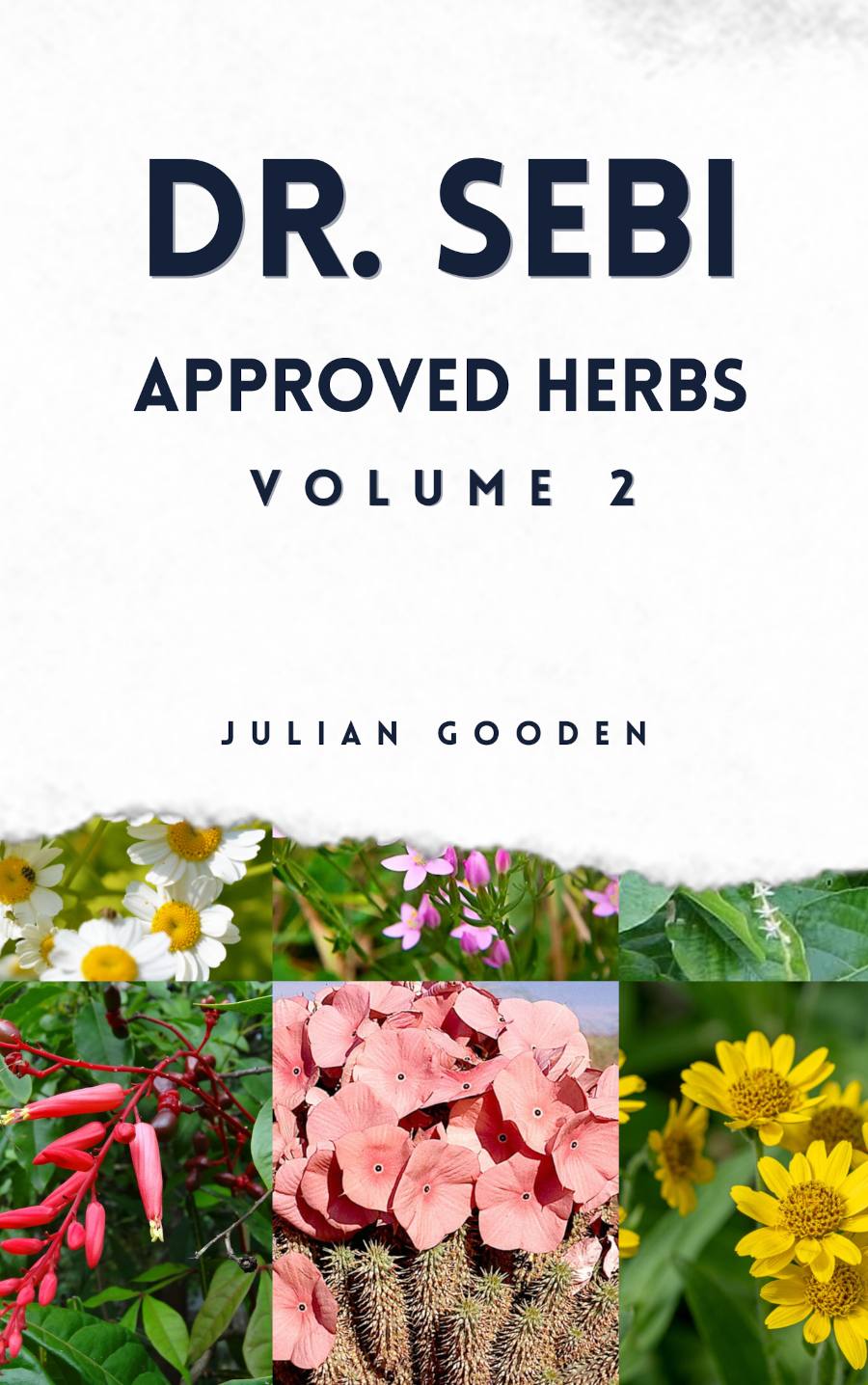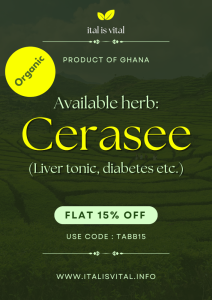Anti-inflammatory herbs contain compounds that help reduce inflammation in the body, a process linked to various health issues like arthritis, heart disease, and autoimmune conditions. These herbs work by inhibiting pathways that trigger inflammation, such as reducing the production of pro-inflammatory cytokines or neutralizing free radicals. Below is an overview of key anti-inflammatory herbs and their mechanisms, based on current understanding:
Dr. Sebi Anti-Inflammatory Herbs
1. Anamu (Guinea Hen Weed)
A strong immune stimulant and anti-inflammatory. Traditionally used for arthritis, infections, and respiratory inflammation. Also noted for reducing chronic pain.
2. Blue Vervain (incl. Jamaican Blue Vervain)
Traditionally used as a nervine and relaxant, Blue Vervain calms the nervous system and reduces stress-related inflammation. It is often used for muscle tension, joint stiffness, and headaches tied to stress. It also supports the liver, which indirectly lowers systemic inflammation.
3. Burdock
A blood purifier and detox herb that reduces inflammatory skin issues (eczema, acne, boils). Also supports joint health and digestion.
4. Cannabis
Traditionally used for pain and inflammation. Its compounds soothe the nervous system, joints, and digestive tract. Known for calming autoimmune inflammation as well.
5. Chaparral
One of Dr. Sebi’s key herbs, Chaparral is rich in antioxidants (notably NDGA) that help combat free radical damage. It has strong anti-inflammatory effects on chronic skin conditions, arthritis, and respiratory irritation. Traditionally used in the Southwest U.S. and Mexico for cleansing the blood and reducing joint pain.
6. Cloves
Strong antioxidant and anti-inflammatory. Traditionally used for toothaches, gum infections, and digestive discomfort. Its eugenol content helps reduce swelling and pain.
7. Damiana
A traditional herb from Central America, Damiana works as both a mild nervine and anti-inflammatory. It helps soothe inflammation in the reproductive and urinary systems, easing menstrual discomfort, prostate irritation, and bladder inflammation.
8. Dandelion
Dandelion is widely respected as a liver tonic. By supporting detoxification, it reduces systemic inflammation. Its bitter compounds calm digestive inflammation, while its diuretic effect relieves swelling and fluid retention.
9. Elder (Elderberry & Elderflower)
Elder berries and flowers are classic remedies for colds, flu, and sinus inflammation. The berries are rich in anthocyanins, compounds known for antioxidant and anti-inflammatory effects. Elder also helps with joint stiffness and seasonal allergies.
10. Eyebright
Traditionally used for inflamed eyes, sinuses, and upper respiratory conditions. It soothes mucous membranes, reducing redness, irritation, and allergic inflammation.
11. Fennel
Soothes digestive tract inflammation, reduces bloating, and calms colic. Its mild anti-inflammatory action makes it useful for respiratory irritation as well.
12. Frankincense
Potent anti-inflammatory for joint pain, arthritis, and respiratory conditions.
13. Ginger
One of the most famous anti-inflammatory roots. Helps with arthritis, digestive inflammation, colds, and circulation. Reduces pain and swelling in joints.
14. Guaco (Mikania)
Well-known in Latin America, Guaco is used for asthma, bronchitis, and inflammatory respiratory conditions. It acts as both an anti-inflammatory and bronchodilator, easing breathing and reducing mucous buildup.
15. Irish Moss (Sea Moss)
Rich in mucilage, Sea Moss coats inflamed tissues, especially in the digestive and respiratory tracts. It is soothing for gastritis, ulcers, coughs, and sore throats. Its mineral-rich content also supports overall immune health.
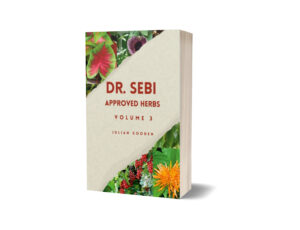
16. Kalawalla
Used for skin conditions such as psoriasis, eczema, and lupus. Its immunomodulating and anti-inflammatory effects help balance immune overactivity. Traditionally used in Central and South America.
17. Kinkeliba
A traditional African herb for detoxification, often used for cleansing the liver and blood. By supporting detox, it reduces systemic inflammation. It also has diuretic properties, helping to reduce swelling.
18. Lavender
Best known for its calming aroma, Lavender also reduces inflammation in the nervous and muscular systems. It can ease tension headaches, soothe inflamed skin, and relax spasms.
19. Marula
The fruit and oil of the Marula tree are used in African traditions for skin inflammation and hydration. Helps reduce redness, irritation, and oxidative stress on the skin.
20. Mullein (Gordolobo)
A powerful respiratory herb, Mullein soothes irritated lungs, bronchial tubes, and throat tissues. It reduces coughing and inflammation from asthma, bronchitis, or smoking damage.
21. Myrrh
Traditionally used in Middle Eastern and African medicine, Myrrh is a resin with strong antiseptic and anti-inflammatory properties. It helps with gum inflammation, mouth sores, and chronic inflammatory skin conditions.
22. Nopal (Prickly Pear Cactus)
Nopal pads are rich in fiber and antioxidants, which help reduce systemic inflammation, particularly in cases of diabetes, high cholesterol, and digestive inflammation.
23. Sarsaparilla
Traditionally used for joint pain, arthritis, and skin inflammation. Its saponins help reduce toxins in the blood and ease chronic inflammatory conditions.
24. Soursop (Graviola)
Traditionally used for pain, fever, and inflammation. Its leaves and fruit contain compounds that reduce swelling, ease arthritis pain, and support immune defense.
25. Stinging Nettle
One of the best anti-inflammatory herbs for arthritis, allergies, and prostate irritation. Rich in minerals, it nourishes while calming inflammation.
26. Tila (Linden flowers)
A calming, nervine herb that helps relax the nervous system. It reduces tension-related inflammation in the muscles and also soothes colds and flu symptoms.
27. Tronadora
A Central American plant traditionally used for diabetes. It reduces inflammation in the pancreas and helps lower blood sugar. Its anti-inflammatory effect extends to joints and digestive tissues.
28. Yarrow
Rich in flavonoids, Yarrow reduces inflammation in wounds, digestive irritation, and menstrual pain. It supports circulation, making it useful for arthritis and vascular inflammation.
29. Yellow Dock
Acts as a blood cleanser and liver tonic. By improving elimination, it helps clear skin inflammation, joint pain, and digestive irritation.
30. Valerian
Primarily known as a nervine, Valerian also helps reduce inflammation linked to stress and tension. Useful for calming the nervous system and easing muscle pain.
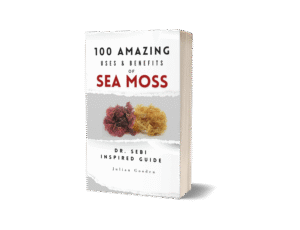
For specific conditions or personalized protocols, consult a practitioner familiar with Dr. Sebi’s approach or integrative medicine.
References
- Aggarwal, B. B., & Shishodia, S. (2006). “Molecular targets of dietary agents for prevention and therapy of cancer.” Biochemical Pharmacology, 71(10), 1397-1421. (For ginger, turmeric, and cloves)
- Al-Snafi, A. E. (2016). “The pharmacological importance of Verbena hastata – A review.” Journal of Pharmaceutical Biology, 4(2), 86-92. (For blue vervain)
- Chevallier, A. (2016). Encyclopedia of Herbal Medicine: 550 Herbs and Remedies for Common Ailments. DK Publishing. (For chamomile, lavender, yarrow, and others)
- Funk, J. L., et al. (2006). “Efficacy and mechanism of action of Boswellia serrata extract in osteoarthritis.” Journal of Ethnopharmacology, 107(2), 249-255. (For frankincense)
- Grzanna, R., et al. (2005). “Ginger—An herbal medicinal product with broad anti-inflammatory actions.” Journal of Medicinal Food, 8(2), 125-132. (For ginger)
- Hoffmann, D. (2003). Medical Herbalism: The Science and Practice of Herbal Medicine. Healing Arts Press. (For burdock, sarsaparilla, and stinging nettle)
- Luzia, M. R., & Jorge, N. (2012). “Bioactive compounds and antioxidant activity of Sclerocarya birrea.” Food Chemistry, 132(4), 1771-1775. (For marula)
- Mills, S., & Bone, K. (2000). Principles and Practice of Phytotherapy: Modern Herbal Medicine. Churchill Livingstone. (For dandelion, elder, and mullein)
- Natural Medicines Database. (2025). “Monographs on Herbs: Boswellia, Anamu, Kalawalla, and Others.” Retrieved from professional database. (For dosage and safety data)
- Pazyar, N., et al. (2012). “A review of the anti-inflammatory properties of soursop (Annona muricata).” Evidence-Based Complementary and Alternative Medicine, 2012, 835947. (For soursop)
- Sebi, A. (n.d.). Dr. Sebi’s Nutritional Guide. (For traditional uses and alkaline philosophy, referenced from public domain materials)
- Gooden, J. (2025). “Dr. Sebi Approved Herbs, Volume 3” (For several herbs listed)
